Air collisions are very rare events to happen worldwide, the probability is very low. Since all aircraft follow the airways, as if they were the roads in the skies. Only 16 cases of in-flight collisions have been recorded in the last 80 years. The world's airspace is very large and it ends up that an aircraft becomes small close to that, but it is still possible for something like Air Force flight 1907 to happen. GOL due to airways.
Aviation in 2006 and the crash of flight 1907
The year was 2006, and Brazilian aviation was growing by leaps and bounds again, after the dollar crisis that led to the bankruptcy of large airlines such as Transbrasil and Vasp.
The scenario was favorable for airlines, and GOL was experiencing full growth. Receiving new Boeing 737-800SFP aircraft, coming directly from the factory.
Unlike the airline market, aviation security was going through difficult days especially in Air Traffic Control. Exhausting journeys, lack of professionals, lack of investment and modernization throughout the structure at the time cooperated for the accident.
One of these aircraft received was the PR-GTD, received by GOL on September 12, having operated only 234 flight hours. The plane operated for approximately 3 weeks until it crashed on September 29, 2006.
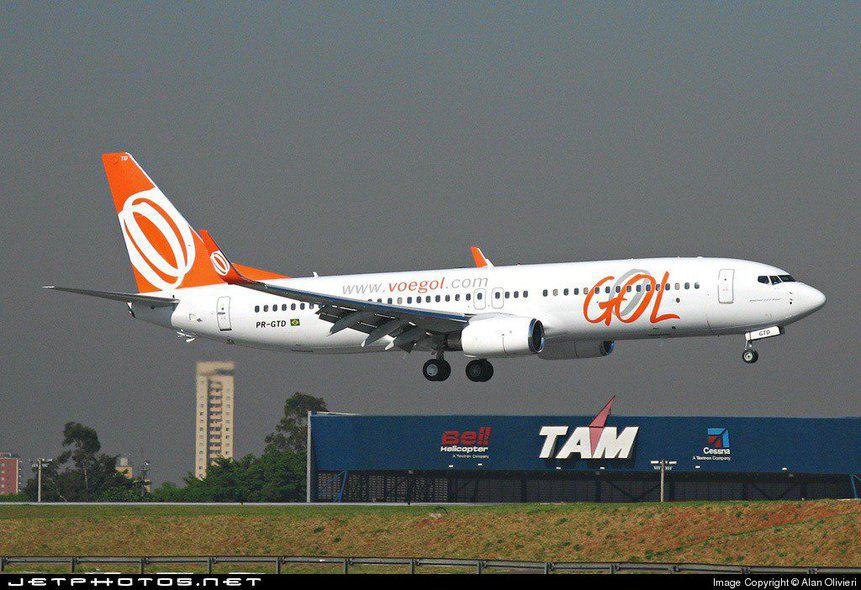
Operating Flight 1907 that would depart Manaus (MAO) at 15:35 pm (Brasília time) with final destination in Rio de Janeiro (GIG), with a stopover in Brasília (BSB). On board the new plane there were 148 passengers plus 6 crew on that September 29th.
As DECEA rules at the time, aircraft coming from the North to the South and Midwest would fly at odd altitudes. GOL Flight 1907 was flying at flight level 37.000 feet or FL370.
In command of the Boeing was Commander Décio Chaves Junior, who was also a Boeing 737 flight instructor. Commander Décio had 15.498 flight hours, 13.521 of which in a Boeing 737. Next to him in the cabin was First Officer Thiago Jordão Cruso, with 3.981 flight hours, 3.081 of which in a Boeing 737.
In the opposite direction, flying from São José Dos Campos (SJK) there was also a newly delivered or better aircraft being delivered on that September 29th. The Embraer Legacy 600 registration N600XL was being delivered to ExcelAire, under the care of pilots Joseph Lepore and Jean Paul Paladino.
On board the Legacy some executives and journalists were invited to document the feat of the North American company that made a good acquisition.
The delivery flight would leave the Embraer factory, with a stopover in Manaus (MAO) and then on to Miami (FLL).
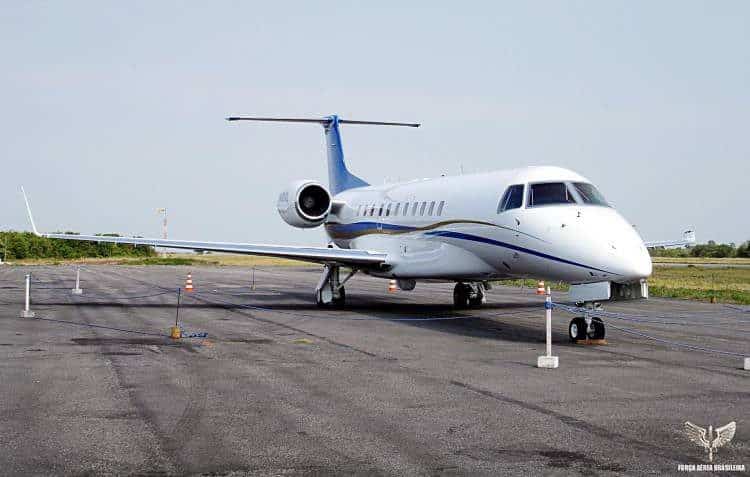
The Legacy's flight plan provided that the aircraft would fly at flight level FL370 until it flew over Brasília. After that, he would contact us to descend to flight level FL360 or 36.000 feet, which did not happen. It is important to point out that the Legacy crew was not prepared enough for such a long flight, Paladino knew the Embraer better, but in its passenger version ERJ-145, where he flew for 10 years in airlines.
After some time of flight, the Legacy at its wrong altitude tried to contact the air traffic control because it was blind. For a few moments the Americans made contact, but they did not understand the message transmitted, which would be fundamental.
Near Peixoto de Azevedo in Mato Grosso, at 16:53 pm, the collision occurred at full flight level FL370. At approximately 11.000km to the ground, the left winglet of the Legacy reaches the middle of the right wing of GOL's Boeing. In addition, the wing also tore off part of the horizontal stabilizer, which made it impossible to control the aircraft.
https://www.youtube.com/watch?v=3sejs0bwyIg
The PR-GTD's fall was a spiral spin, which lasted 63 seconds. The aircraft broke into pieces, scattering debris for a radius of 1,5 km. At the time they were controlled by Centro Brasília (CINDACTA I) which at the time the Amazon part was part of that jurisdiction. Meanwhile, the Legacy, barely damaged, followed its flight. The pilots declared an emergency but had no idea what could have happened.
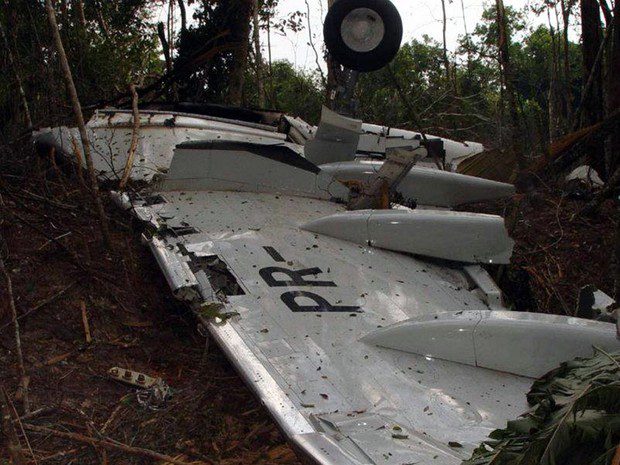
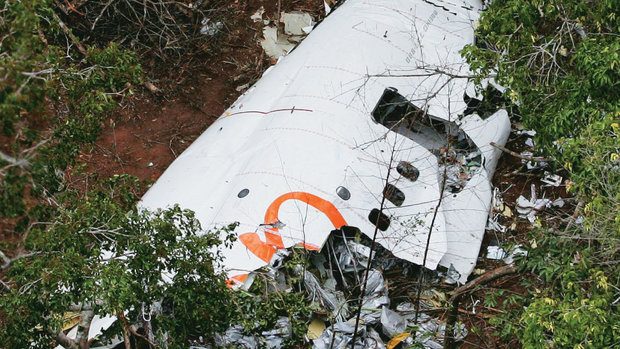
All occupants of GOL Flight 1907 lost their lives in the accident. The latest reports from Boeing's black box show the pilots trying to understand what happened and at the same time trying to regain control of the aircraft, unfortunately without success. None of the Legacy's occupants were injured.
https://www.youtube.com/watch?v=bZ8CiiMnkJU
The damaged Legacy landed in an emergency at Base Aérea do Cachimbo (PA) and were soon booked by the Air Force. Since it was a civil aircraft on a military base, and still in flight with a foreign crew.
The piece of winglet torn off the Boeing was never found. As the aircraft was new and GOL had the PR-GTD to expand flights, another 737-800 was requested. The one with registration number PR-GIR.
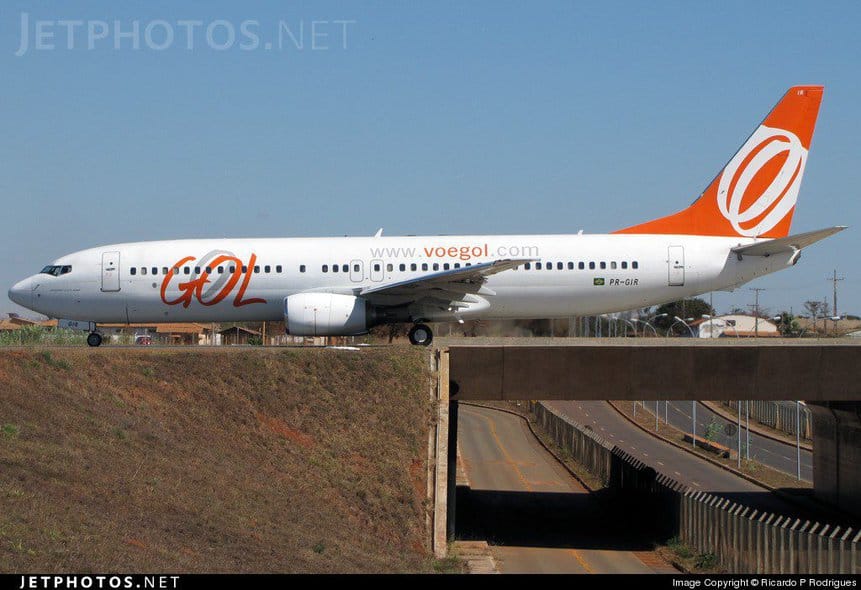
error sequences
The first of a series of errors that resulted in the accident is the fact that the Legacy pilots only flew a few hours in the equipment, in a total of four days, and none of them were done alone, all flights accompanied by instructors. from Embraer.
In the flight documents that were in the cabin, there were updated flight charts of the entire route they would take to Fort Lauderdale Miami.
Initially in São José dos Campos, the local tower told them that they would make the flight at 37000 feet, but did not inform that this altitude should be changed at some point during the flight, so the pilots believed that they would fly to Manaus at that altitude, the last Brazilian airport. in which they would make a technical scale for supply.
Joseph Lepore and Jean Paladino didn't bother to consult the air charts they were going to fly to see if everything was all right.
After takeoff, the N600XL went into autopilot, so the pilots went deeper into all the controls of the aircraft, as everything there was new to them, during the flight they accidentally turned off the transponder which left TCAS inoperative, TCAS is an anti-collision system that when turned on, warns in sound and visual signal when another aircraft may be on a collision course, in Standby it did not emit any signal, as if it were not flying over that territory.
During the passage of the Legacy through the Brasília Center, the controllers tried to alert the American pilots that the transponder was on standby, but without success. Communication between them and the controllers was very difficult, it was not possible to understand the English of the controllers, the aircraft's signal on the radar screens was intermittent, worrying the control authorities even more.
At 16:59 pm after the collision, nobody knew what had happened, the transponder had been turned on and then they managed to contact a Polar Cargo Boeing 747 that was flying over the region to help contact the Center, in an emergency they soon saw the Base Air from Cachimbo where they landed.
What has changed in Aviation since then?
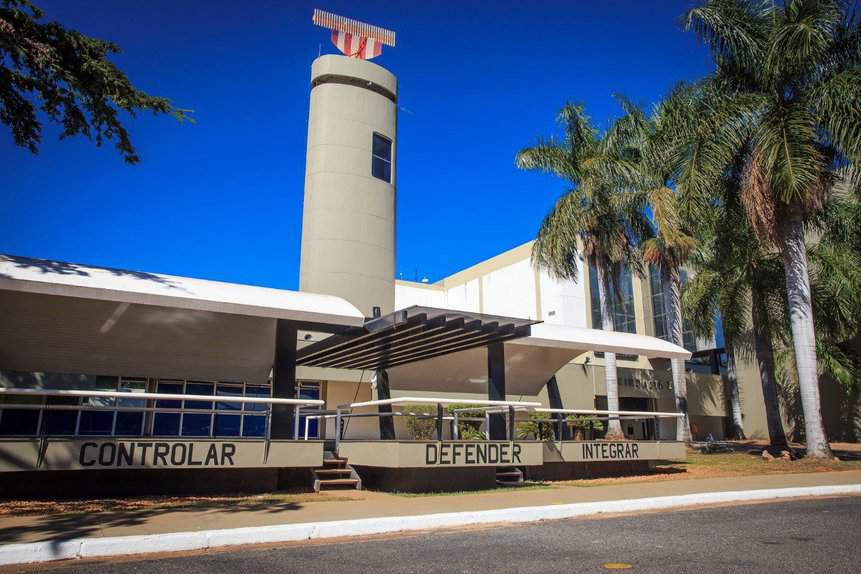
The accident in 2006 was a watershed in Brazilian aviation, as from then on there were major changes and improvements throughout the structure. The crisis installed in Brazilian aviation shortly after the accident was dubbed “Air Chaos”. At the beginning of the investigations by CENIPA, 8 controllers were removed from their duties and, as the professional staff was precarious, there was a domino effect.
Other controllers had to be reallocated to make up for the absence of those removed from the investigation. All the problems that were not seen or talked about before began to be exposed, such as the precarious remuneration of the controllers. Many complained about the exhausting working day, which caused more fatigue in addition to psychological fatigue.
Still in 2006, there was a problem in data management on the Cindacta II, a breakdown forced the FAB to shut down the system. This caused several delays and cancellations at the time, further increasing tension in the airline industry.
After the air chaos and GOL's accident, several improvements were made over the years. The increase in the number of controllers has grown significantly, giving the possibility to reduce the journey and give everyone a much-needed rest.
Visual and sound alerts were implemented in all Control Centers in case any aircraft has its transponder turned off. Updates to data management systems on all radars, review of all routes that commercial and military aircraft fly.
With that, the Navigation Charts were updated in all regions of Brazil. “Today, they allow for a greater flow of aviation, but also reduce the possibility of error or confusion, as was the case with the incorrect level of aircraft”. Said an Air Force Major in an interview with the Terra portal in 2016.
Still according to the Major, the difficulties and failures that occurred in the Amazon region in communications, today no longer exist with the modernization and purchase of new equipment. In addition, Major reinforced that the chances of an accident in 2006 were very small and today the risk has decreased even more.
“The risk of collision is much lower, today the chances are minimal. At the time, they were already reduced, but there was a chain of failures that resulted in the accident. But today, I would say they are much smaller than they were at the time of the accident.”
As part of improving and training controllers, a Simulator was created in São José dos Campos so that controllers can learn to identify faults and learn how to prevent any problems. Training is done intensively to ensure greater reliability in the professional.
In addition, an English course was implemented to help improve communications between controllers and international flights. Especially to deal with different ways of saying the message.
See the final accident report for flight 1907 with GOL's Boeing 737-800 issued by CENIPA, by clicking here.
Condemnations of Justice

In 2007, pilots Joseph Lepore and Jan Paul Paladino, were denounced for attacking air safety. In 2008 the Federal Justice absorbed the pilots under the charge of negligence, but still responding in the process of attack against air safety. In 2010, the acquittals of the pilots were annulled and the trial was scheduled for 2011.
Only one of the controllers was convicted, the penalty was community service and a temporary ban on carrying out their duties. In addition, there was a military lawsuit against the controller who was sentenced to 1 year and 2 months in prison.
The Legacy pilots were sentenced in 2012 to 4 years and 4 months in semi-open prison, however the sentence was reduced to 3 years and one month. In the same year, a Brazilian prosecutor asked for an increase in the penalty for pilots, but was denied by the court.
In 2017 the pilots were sentenced by the Justice of Mato Grosso to prison, however because they were in the USA the pilots were not executed and still had their licenses renewed. Brazilian justice is still trying to get American pilots arrested and have their names included in Interpol.
The GOL Flight 1907 accident brought many lessons to commercial and military aviation, the fact is that traveling by plane is still the safest way to go. The probability of accidents occurring is extremely low, the advancement of technologies installed on board and also in radars around the world allowed aviation to advance even further.
After completing 10 years of the GOL flight 1907 accident, the Brazilian Air Force released a documentary about the rescue of bodies in the Amazon. In addition, TV Record retraced the route taken in 2006 by the TV crew to record the accident site.
Article by Ícaro Roberto and Gabriel Melo/Equipe Aeroflap.
Do you want to receive our news firsthand? Click Here and be part of our Group on Whatsapp or Telegram.

